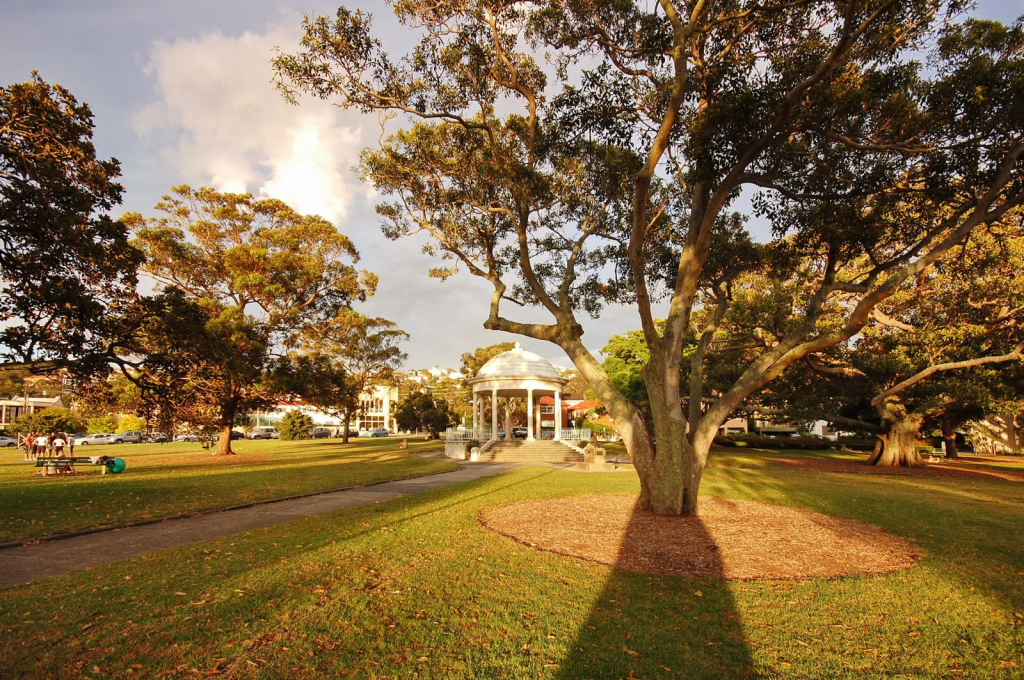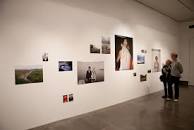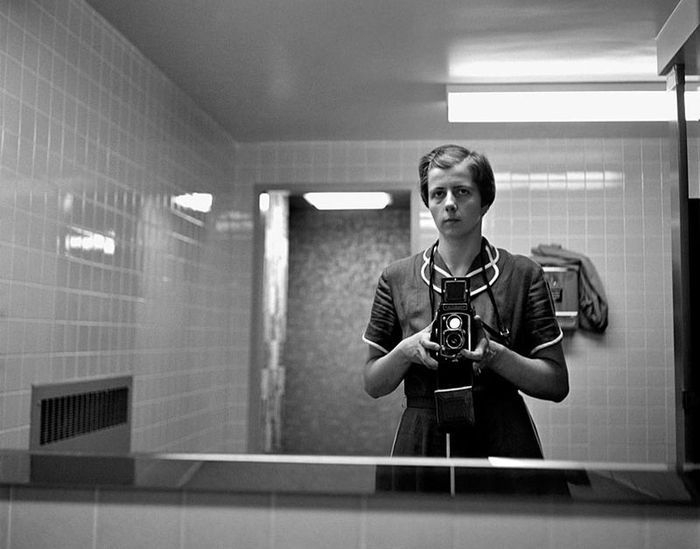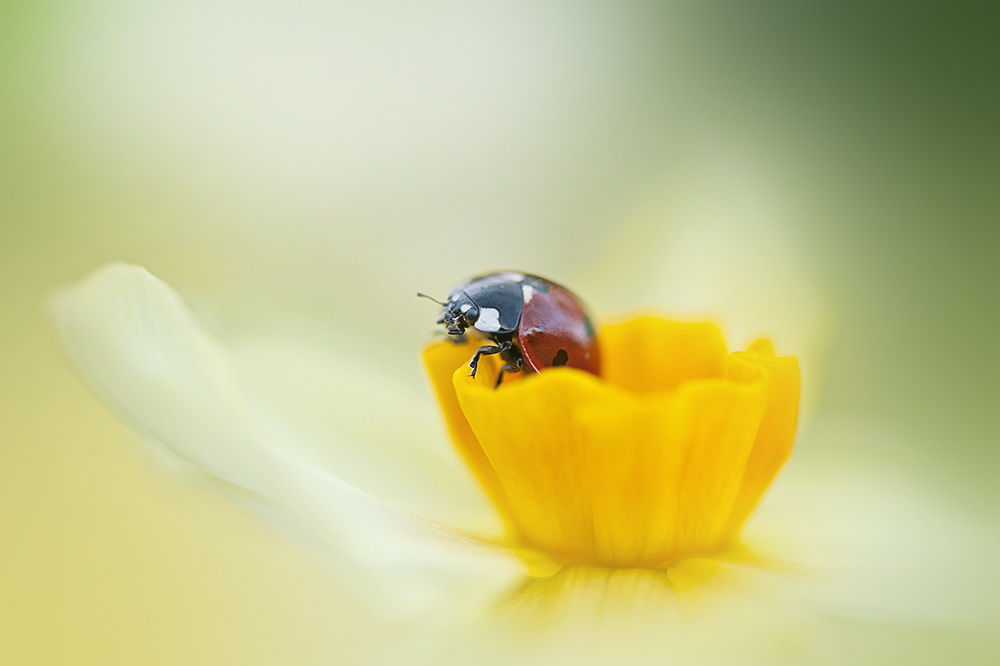The relationship of painting and photography in contemporary art
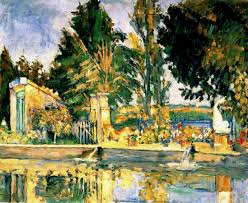 Photography has long since become commonplace. But if the documentary was immediately appreciated and accepted “with a bang” from the moment it appeared in 1839, then a heated debate arose about the place of art photography in the fine arts, which continues to this day.
Photography has long since become commonplace. But if the documentary was immediately appreciated and accepted “with a bang” from the moment it appeared in 1839, then a heated debate arose about the place of art photography in the fine arts, which continues to this day.
In my opinion, its main reason is that the photographic image is achieved entirely by technical means. There is no obvious man-made creative moment in it. However, it should be noted that people who refuse to have artistic photography the right to be among other visual arts do not understand that photography is based on a frame – according to Vladimir Soloukhin, “the secret of aesthetic sharpened and in-depth perception of the world around us.” This is the window through which the soul of the photographer penetrates into the photographic image. That is, the initial moment of human participation in creating photographs is no less than in other forms of art.
There is no need to prove that art photography is one of the forms of fine art. Indeed, in its essence art is the materialization of feelings and thoughts, which, in fact, allows you to share them with other people. And it does not matter how a person achieves this: in words, music, image (pictorial or photographic), or otherwise. And photography, by the way, has great potential to preserve human feelings, from the most joyful to the saddest.
And when in the TV program “Good Morning” I hear the famous contemporary artist-painter Mikhail Satarov declaring that he does not recognize photography as art for its soullessness, I want to ask him a question: “What, are there really few soulless poems, songs, paintings? ”
It is appropriate to talk about works made with the soul or soullessly. The expression “touches the soul” means that a person is touched by some kind of feeling. Moreover, this does not necessarily have to be associated with art. Just the opposite, in real life we are touched by a lot more things than in art. Because not everyone who is engaged in any kind of art manages to maintain a lively feeling. To do this, you need to have a special skill, which is nowhere to be learned. It is not for nothing that those who succeed are said to have God’s gift, because the process of creating a work of art with a soul is a secret of secrets even for the artist himself.
The following fact is interesting. If a person, while creating something in art, does not experience any personal strong feelings for what is being created, then no matter how high a technical level it is created, it will be deprived of feelings or, as we say, it will turn out to be soulless. We will not go into the details of the phenomenon, but simply state it as a fact.
Returning to photography, it should be noted that if a photographer takes a picture with his soul and at the same time possesses a certain degree of skill, then this soul, according to quite understandable laws, must be felt in the finished work.
In my opinion, the question of the relationship of art photography to art invisibly replaces the problem of perception of photography. The fact is that, just as in art there is a division according to activity (artists, musicians, writers, dancers, etc.), people have a division according to perception. For example, Leo Tolstoy absolutely did not perceive the poetic form of self-expression. But this does not mean that poetry must be denied the right to be art. It is precisely the moment of subjective perception that affects people’s preferences for painting or photography, just as there are lovers of classics and rock lovers in music. With their obvious antagonism, nothing prevents various musical trends from existing in parallel. Therefore, the discussion of the relationship of photography to art is meaningless. But the relationship of painting and photography, as adjacent types of fine art, is interesting.
You can imagine what a sensation the appearance of photography made. Still would! Now you can mechanically get the exact image visible! It seemed that the foundations of painting were significantly shaken. But, in spite of everything, the painting continued to live a full life, although it would be unfair to reject the influence of photography on its fate. I think photography has played two main roles in the development of painting over the past century and a half.
First, oddly enough, the role of a handmaid. This means that some painters from different countries used and are using photographs as auxiliary material for their paintings. For example, from literature it is known that Shishkin sometimes wrote from photographs. Repin, using portrait photographs, created the large canvas “State Council” (Russian Museum in St. Petersburg). The mountain landscape in the painting “Demon” was painted by Vrubel from photographs.
